Submitted by Cathi Lehn on behalf of the LEAP Native Plant Promotion Committee
The Lake Erie Allegheny Partnership for Biodiversity (LEAP; www.leapbio.org) is a consortium of forty-five (45) conservation-related organizations located in the Glaciated Allegheny Plateau ecoregion. This ecoregion is defined by a common glacial history and climate and includes northeastern Ohio, western Pennsylvania and western New York. LEAP member organizations are dedicated to the identification, protection and restoration of biodiversity in the region and to the increased public awareness of biodiversity. Current LEAP members represent park districts, conservation organizations, universities, and governmental agencies in Northeast Ohio and western Pennsylvania.
The LEAP Native Plant Promotion Committee (NPPC) was formed in 2008 in response to the threat of invasive plants to our natural areas. The mission of the NPPC is to educate the public about the many benefits of native plants in the LEAP region and to join the nursery and landscaping trade in promoting the purchasing, selling, propagating and planting of our area’s native plant species. In 2011 the Committee initiated a Native Plants of the Year campaign providing the gardener with three choices each year through 2022 of recommended native plants which are easily found in local nurseries.
Using native plants in public and private landscapes and gardens can help reduce the threat of invasive non-native species to the region’s biodiversity. The LEAP Native Plants of the Year campaign highlights native species that can make exceptional additional to area landscapes and gardens. Native plants in the garden offer the following benefits:
- Attract native wildlife
- Reduce soil erosion
- Require less fertilizer and watering
- Promote native regional biodiversity
- Thrive under natural conditions
- Connect people to nature
LEAP Native Plants of the Year 2016
Spicebush (Lindera benzoin)
Spicebush is a deer-resistant shrub with early-season nectar for butterflies and bright red berries for migratory birds. The common name refers to the sweet, spicy fragrance of the stems, leaves and fruits when bruised.
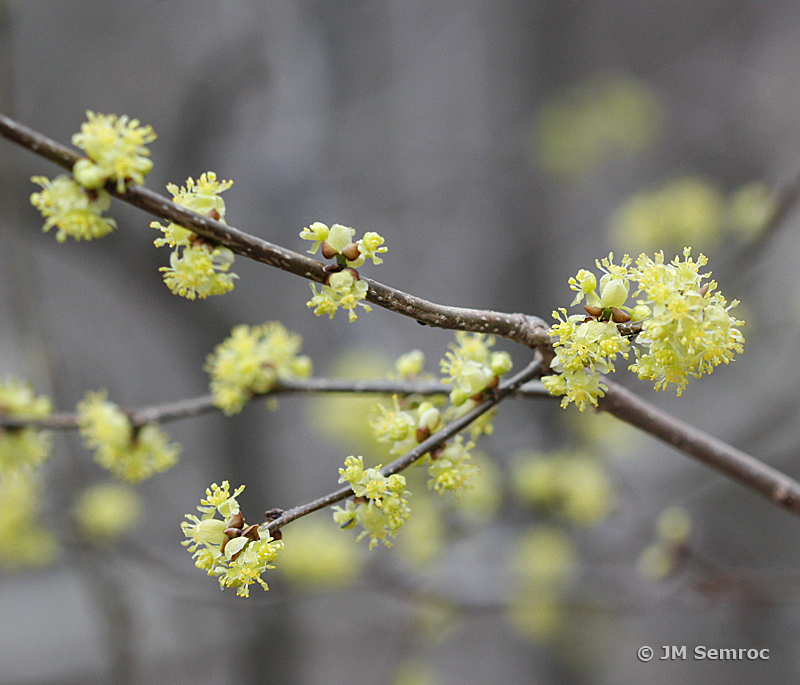 Photos courtesy of Judy Semroc
Photos courtesy of Judy Semroc
Swamp Candles or Yellow Loosestrife (Lysimachia terrestris)
This showy perennial blooms vivid yellow in mid-summer adding color to rain gardens and wet areas. Its sturdy stems make it an excellent cutting flower. Native pollinators, like this syrphid flower fly, are attracted to the flower’s nectar.
Photos courtesy of Bill Hendricks (top) and Cheryl Harner (below)
Little Bluestem (Schizachyrium scoparium)
A colorful native prairie grass with striking blue-green foliage and pink overtones. In the fall, its foliage takes on a coppery hue. It works well in areas prone to deer damage.
Photos courtesy of Bill Hendricks (top) and Roger Gettig (below)
To find more information about the LEAP Native Plants of the Year (2011-2015) please visit: http://leapbio.org/native-plants
Also found on this page is a Native Plant Nurseries map created by Cleveland Metroparks that provides information on nurseries that sell native plants to our region.
Brief Biography
Cathi is the Sustainable Cleveland Coordinator for the City of Cleveland Mayor’s Office of Sustainability which is a member of LEAP. Cathi serves as the Chair of the LEAP Native Plant Promotion Committee and the LEAP Wildlife Conflict Committee. She has recently revived the Sustainable Heights Network and serves on the Composting Committee. Her true passion is in addressing the threat of plastic pollution to our waterways and hosts the Great Lake Erie Boat Float each year at Edgewater Park.
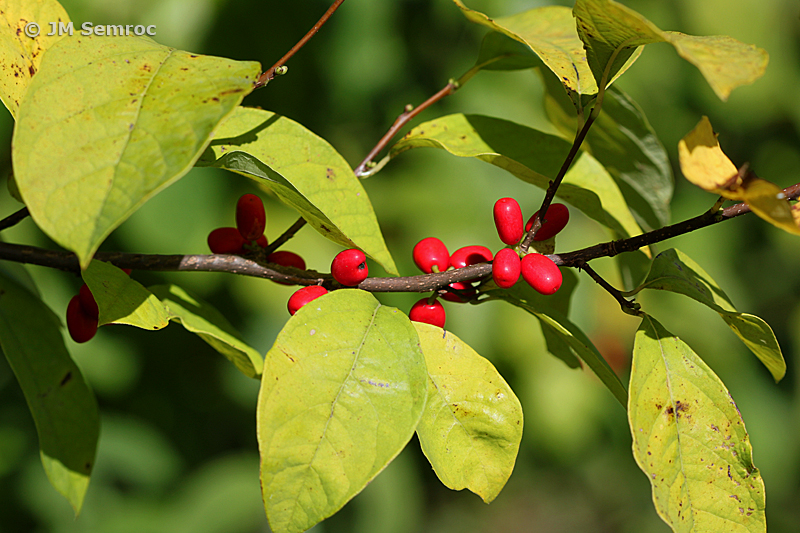
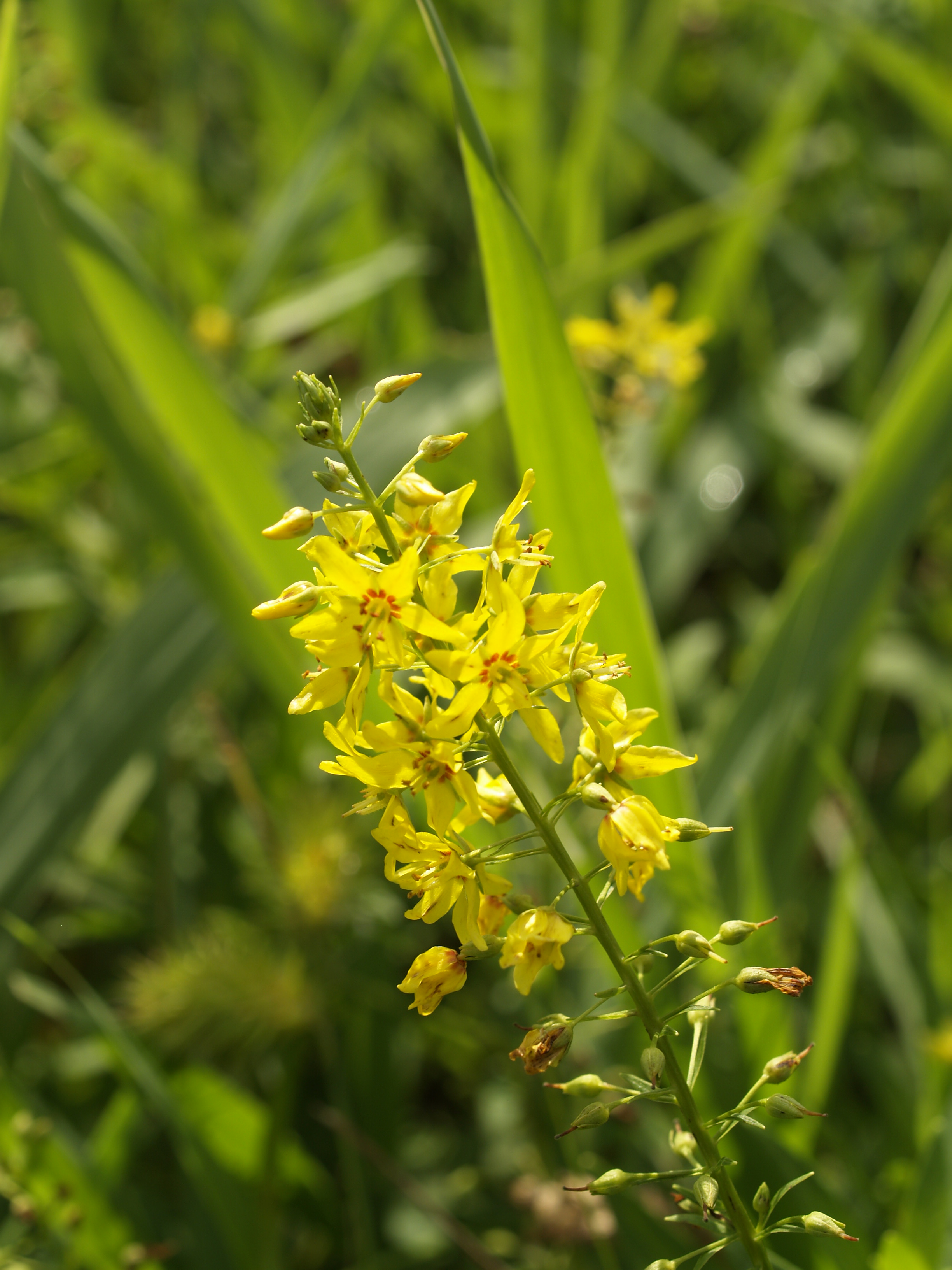
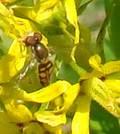
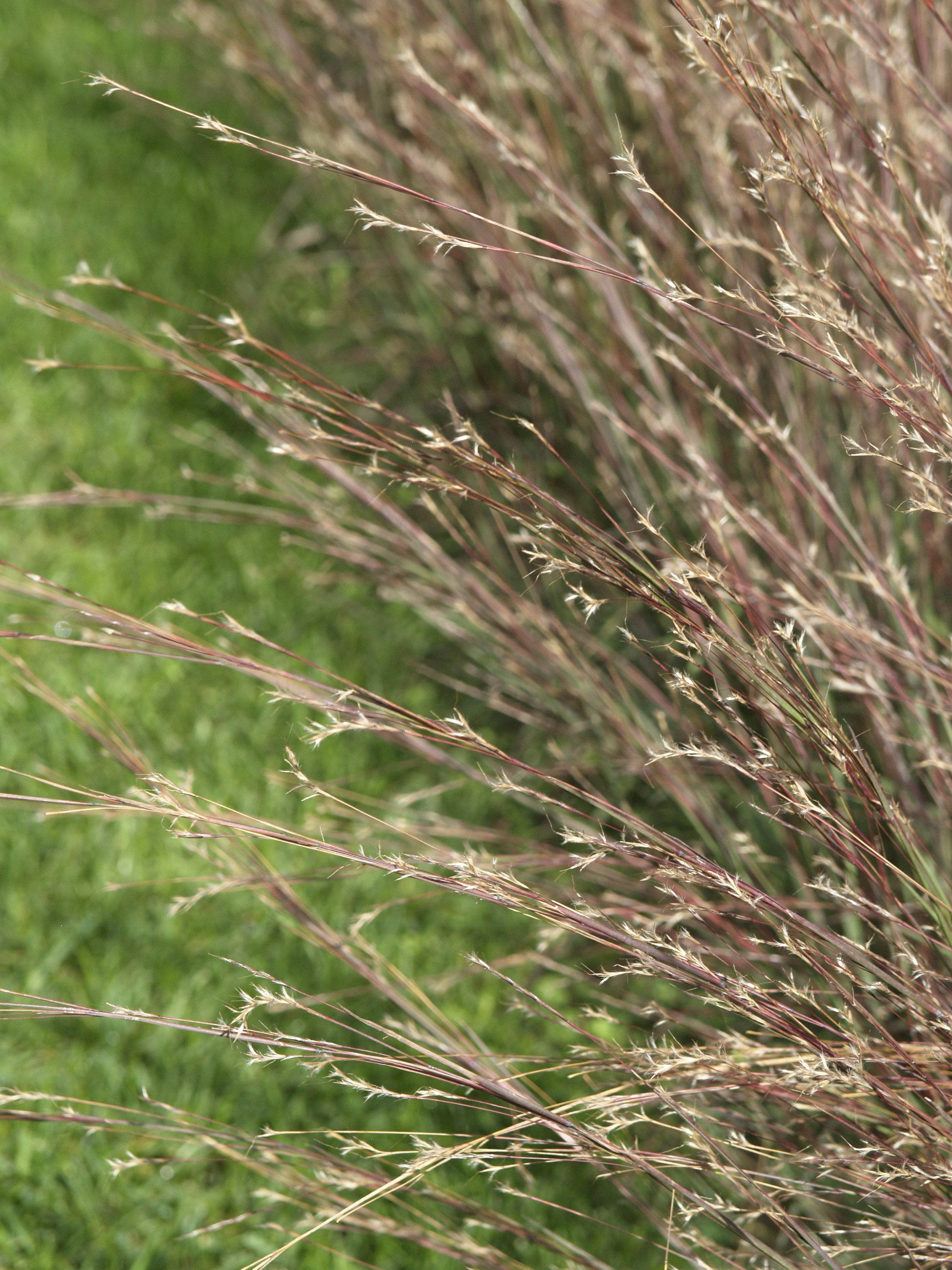
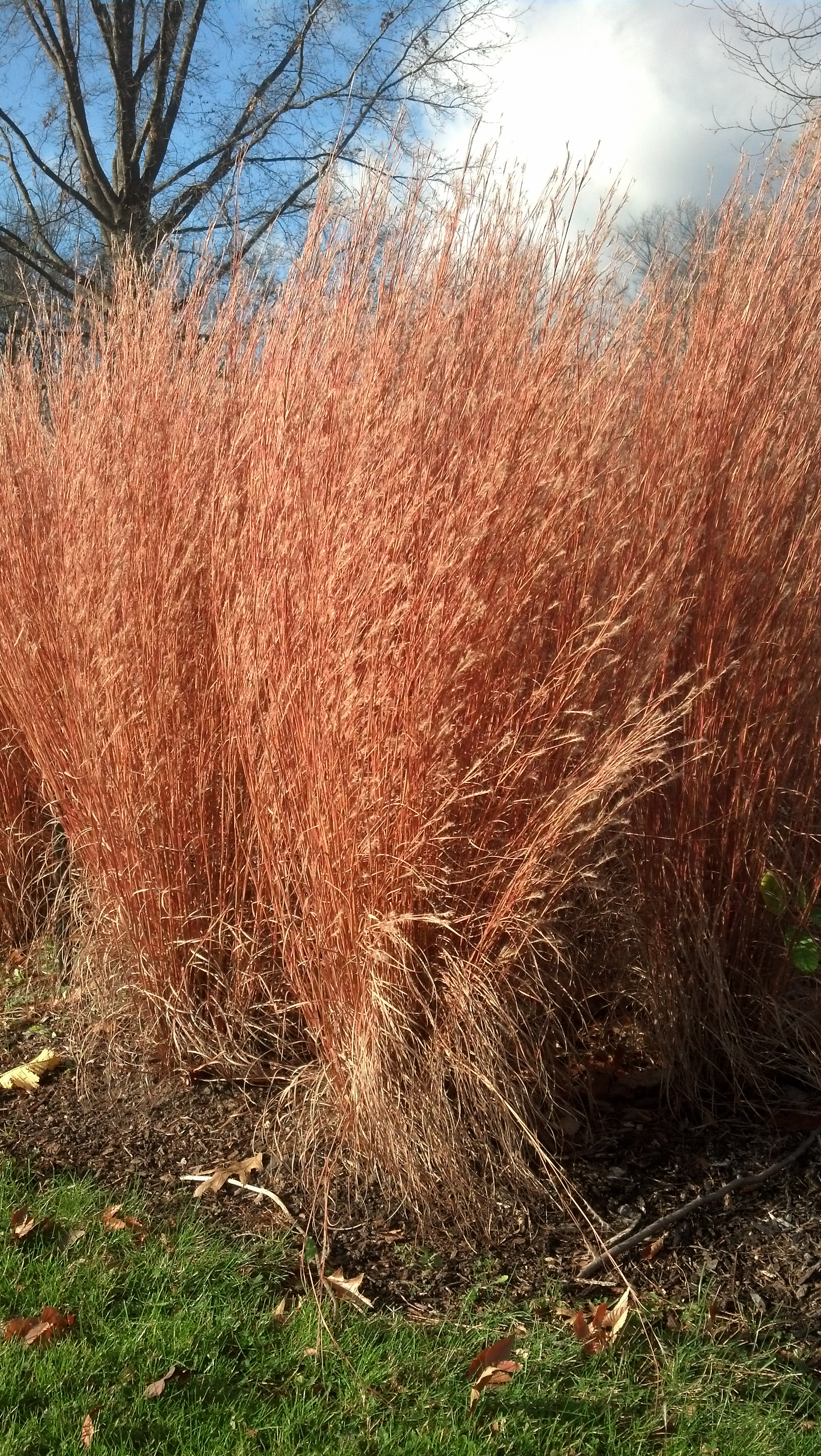
So very interesting! Thank you!